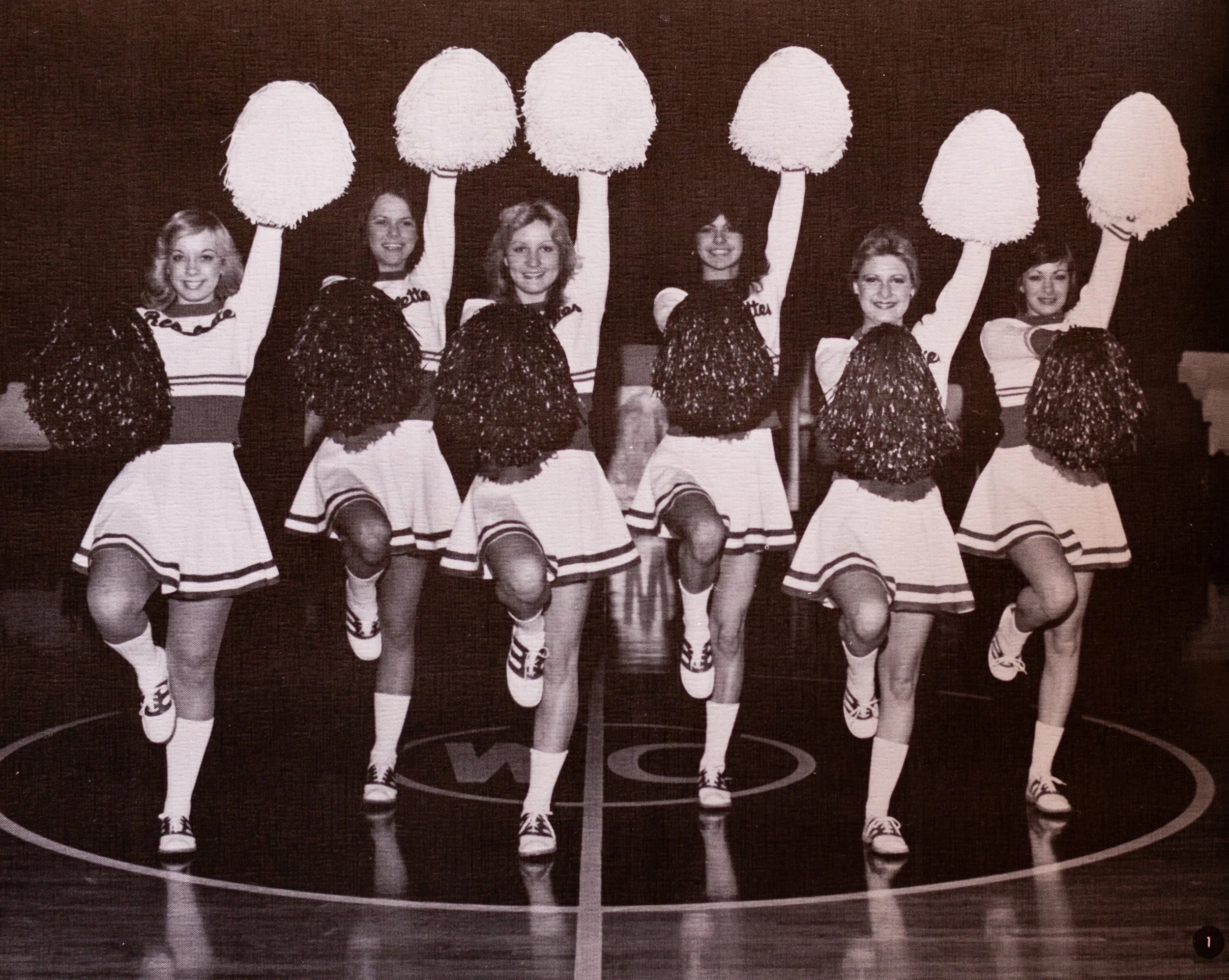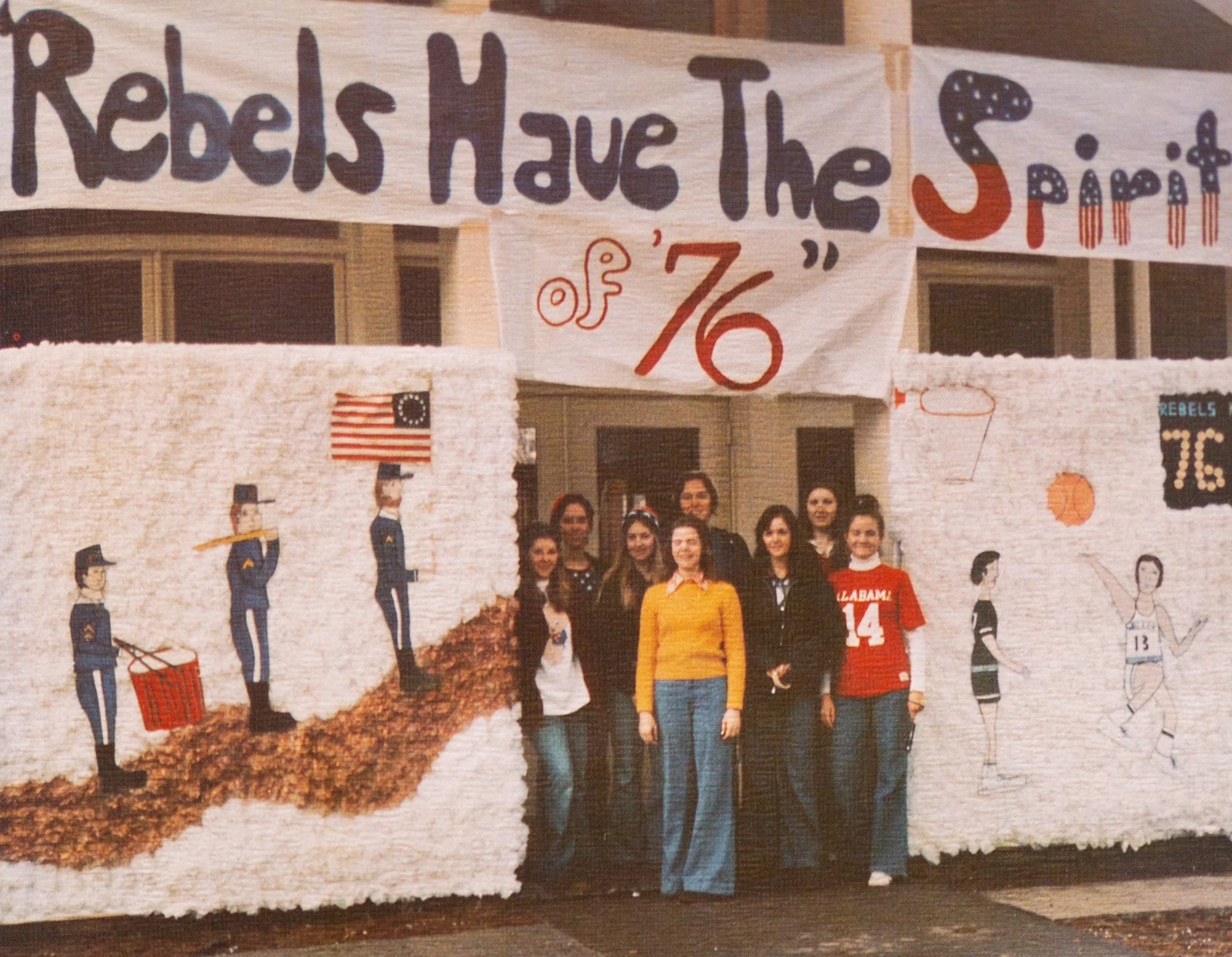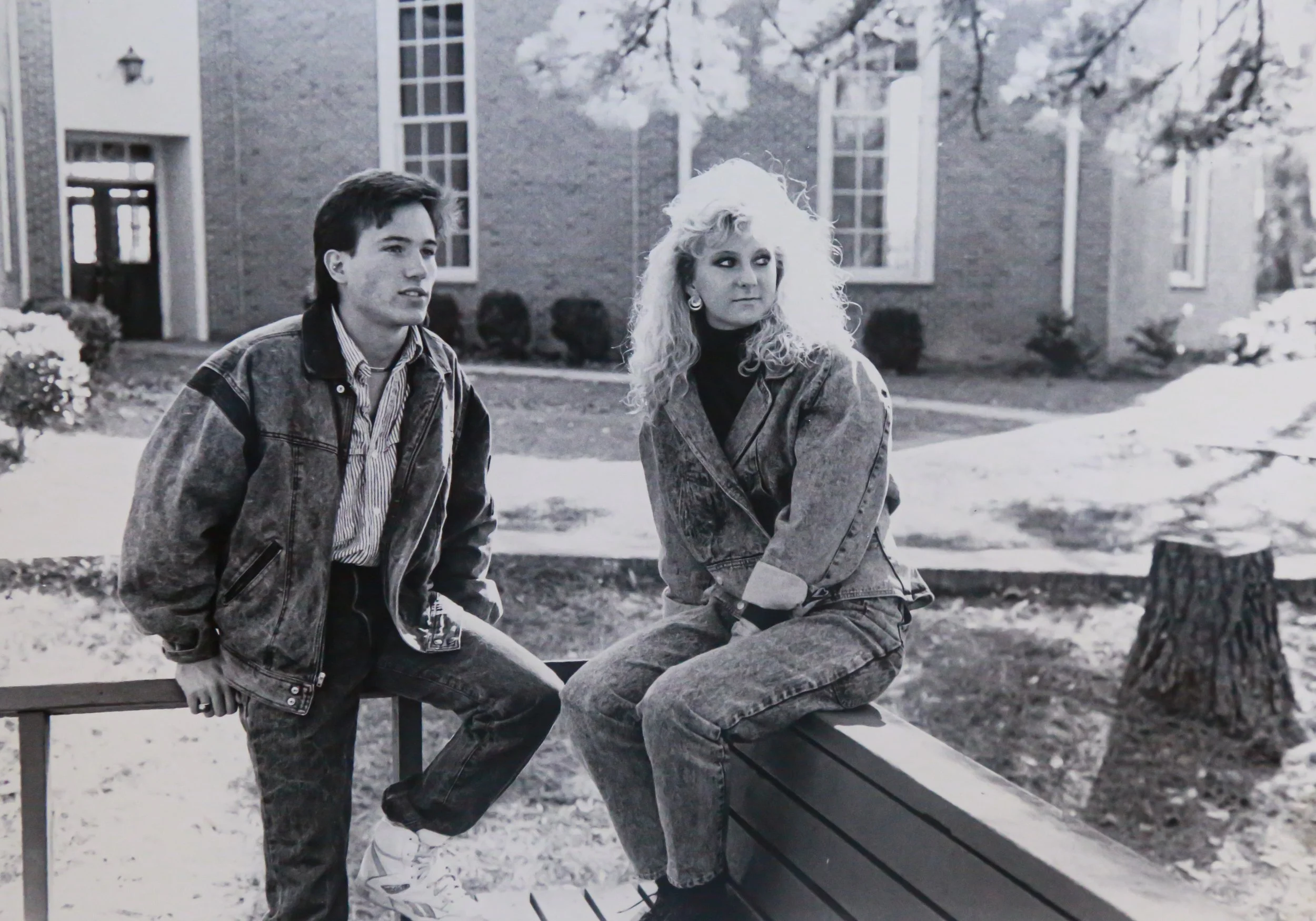The School That Defined Us: A History of Walker College
Words by Terrell Manasco
Standing majestically at the peak of a rolling, green-carpeted hill, the main hall seemed to beckon to all who gazed upon its red-bricked walls and towering, cream-colored columns:
Come ye and seek knowledge among these walls, for here your future awaits.
Walker College (now Bevill State Community College) has served as the launching point of higher education in this area for over 80 years. Future doctors, nurses, surgeons, lawyers, dentists, bankers, business owners, teachers, and politicians have strolled its hallways in search of knowledge to help them achieve their dreams. Many former students, teachers, and staff members have fond memories of their days roaming the campus of this beloved “college in the pines,” as it was referred to the 1945 edition of the college yearbook The Darda.
The College was established in September 1938 but according to an undated article in the college’s now-defunct newsletter The Rebel Rouser by staff writer by Rick Self, its origin dates back to 1916.
In the beginning, there was Mrs. R.L. Cheatham. A woman of faith, Mrs. Cheatham and her husband lived on 9th Avenue in Jasper. One day as a group of children played ball in the yard of her home, she invited them to sing and hold a little “Sunday school.”
In 1918, Mrs. Cheatham moved into the Presbyterian Manse, the home of the First Presbyterian Church pastor (who happened to be her father) and opened a music school. In 1924, she built a music studio called “The Little Green House.” By then, the number of students required six teachers and six pianos.
In September 1933, Mrs. Cheatham, now suffering from Parkinson’s Disease, built a new building next to the post office in Jasper and opened the Cheatham College Conservatory. Now offering junior college liberal arts courses, it had 400 students compared to Jasper's then-population of 3,500.
In 1937, Dr. Carl Jesse, a native of Brenham, Texas, came to Jasper as music teacher and dean of the Cheatham Conservatory of Music. A movement to establish a junior college in this county had been gaining momentum for several years. In December, Dr. Jesse secured a sponsorship agreement from the American Legion for the proposed college.
In the spring of 1938, the American Legion appointed an organization committee—which included Carl Elliott, G.T. Patrick, and Dr. Jesse—to visit each high school in the county and determine if the public had a desire for a college. The answer was an overwhelming yes, aided further by a petition signed by 286 student high school students.
The county board of revenue arranged to secure an alms house building two miles north of Jasper for the site. In June 1938, the proposed college was given a name: Walker College.
Then in mid-August, hopes plummeted when the American Legion decided against sponsoring the college. It appeared all efforts had been in vain. After conferring with colleagues, Dr. Jesse agreed the need was too great to accept defeat, so he forged ahead, establishing the college on a temporary basis using rooms rented at the Cheatham Conservatory of Music.
Meanwhile, Jasper Mayor John Burton applied for Work Progress Administration (WPA) project funds for a building. The request was granted and in 1941, the administration building was erected on a half block of land in east Jasper donated by the chairman of the board of trustees, George H. Davis. It was named Davis Hall in his honor.
When the College first opened, enrollment was less than encouraging, with only 45 students and four teachers. Dr. Jesse, the college president, refused an offer to raise his already meager salary, arguing the college needed the money. If there wasn’t enough money to pay him, he would respond, “I will get by somehow.”
Dr. Jesse also served as the janitor, taking care of the furnace, and even sweeping the floors. He passed away in December 1955.
In June 1956, the principal of Warrior Senior High School, 34-year-old Professor David T. Rowland, was named president of Walker Junior College after Dr. Jesse died. When Dr. Rowland arrived in Jasper that summer, he found a campus in severe decline. A March 1961 Daily Mountain Eagle article stated, “There were only 32 students, no sidewalks, not even a streetlight on campus. Buildings were unpainted, and the education death knell for this two-year institution was beginning to toll.”
Fortunately, that was not the end of the Walker College story. Dr. Rowland wasted no time proving himself a worthy successor to Dr. Jesse. Five years later, enrollment was up to 302 students, the College had received accreditation two years prior from the Southern Association of Colleges, and the campus was undergoing a facelift. The article reported that then-Governor John Patterson was to arrive in Jasper on March 22nd for the “dedication of a new $50,000 student union building.” It also stated that the College had purchased 11 acres of “choice residential property,” added paving and lighting, remodeled several existing buildings, and built a new chapel. Art exhibits, guest lecturers, and musicians were frequent events on campus.
At the time the article was written, tuition and fees were around $300 per year. A legislative appropriation of $29,000 was used to underwrite salaries for the College’s 24 faculty members.
Dr. Rowland was quoted in the article as saying, “The story of our college is a wonderful example of a local community solving its own problems. In an age of shortages of education facilities, it is a compliment to the Walker County area for an independent college to have made such gains.”
George Bernard Shaw said progress is impossible without change. By the early 1990s, the times were a-changin’ for the junior college on the hill. In 1992, the University of Alabama at Birmingham (UAB) merged with Walker College under a five-year contract, and Walker College became UAB-Walker College. Bevill State Community College was created that same year, by the consolidation of two premier two-year colleges: Walker State Technical College (Sumiton, AL), formerly a vocational/technical institution that opened in 1966, and Brewer State Junior College (Fayette, AL), a two-year academic transfer institution, created in 1969. The Hamilton Campus of Northwest Alabama Community College, primarily a vocational/technical campus that was created in 1966, merged with Bevill State Community College in 1993 as one of its main campuses. When the contract ended in 1998, UAB-Walker College joined the merger and was renamed Bevill State Community College.
George Bernard Shaw said progress is impossible without change. By the early 1990s, the times were a-changin’ for the junior college on the hill. In 1992, Walker College added the campuses of Walker State Technical College and Brewer State Junior College under its umbrella. A year later, Northwest Alabama Community College’s Hamilton campus joined them. That same year, the University of Alabama at Birmingham (UAB) merged with Walker College under a five-year contract and Walker College became UAB-Walker College. When the contract ended in 1998, UAB-Walker College was renamed Bevill State Community College.
Throughout all the various incarnations and name changes over the years, the mission of the College has always been to provide Walker Countians with opportunities for a better life. Back in 1961, Dr. David Rowland recognized this small-town college in Jasper, Alabama, could potentially reshape the landscape by giving others the tools to improve their lives. He passed away in 2019, but his name will forever be associated with this institution.
“In the next 10 to 15 years, we feel it will have a terrific impact on this area in producing the doctors, lawyers, and other vital cogs of community life,” he once said.
Dr. Rowland was right—the little “college in the pines” has had a tremendous impact in our county. It has molded us, shaped us, refined us, and defined us. 78







